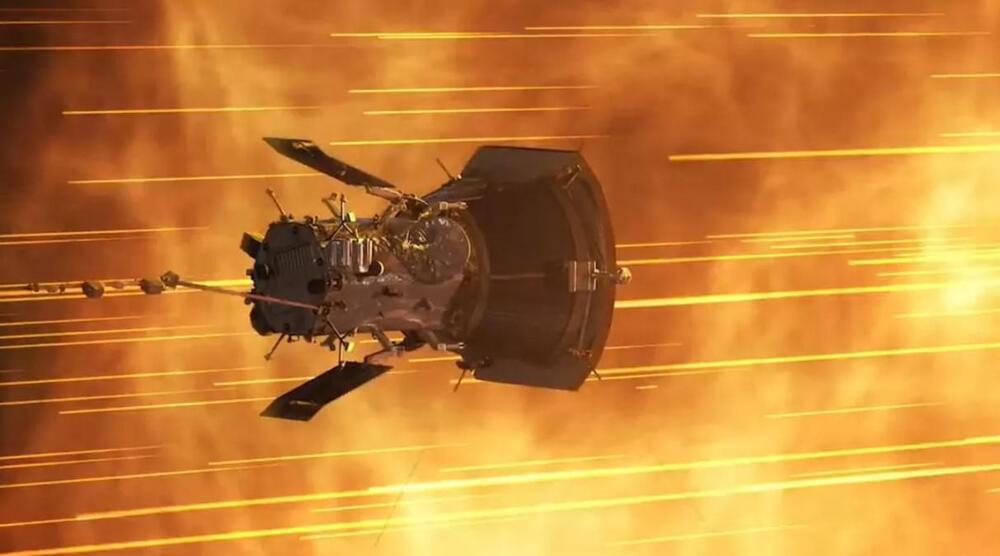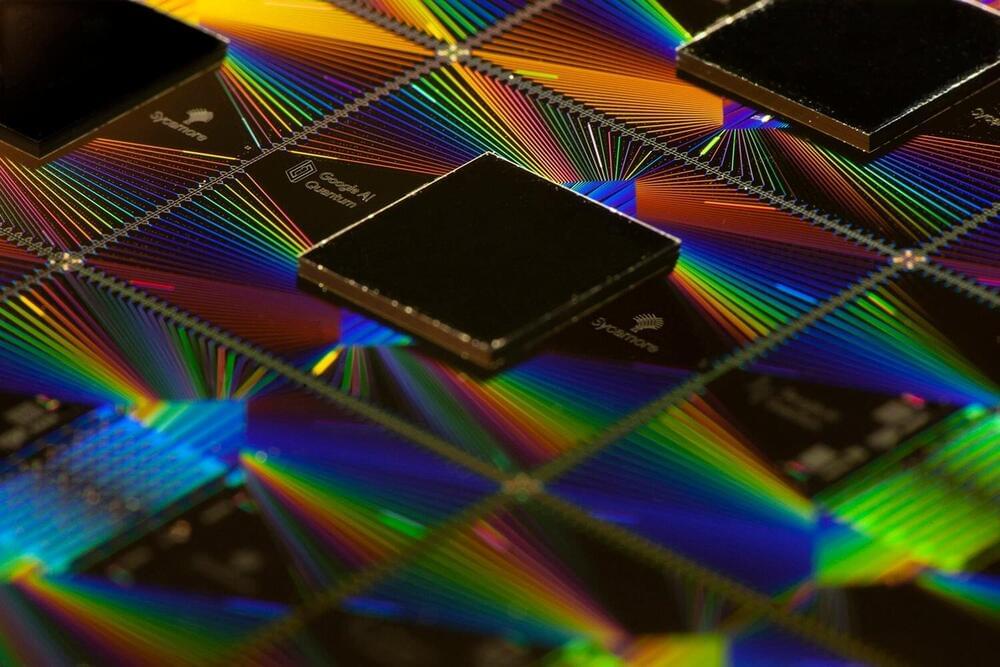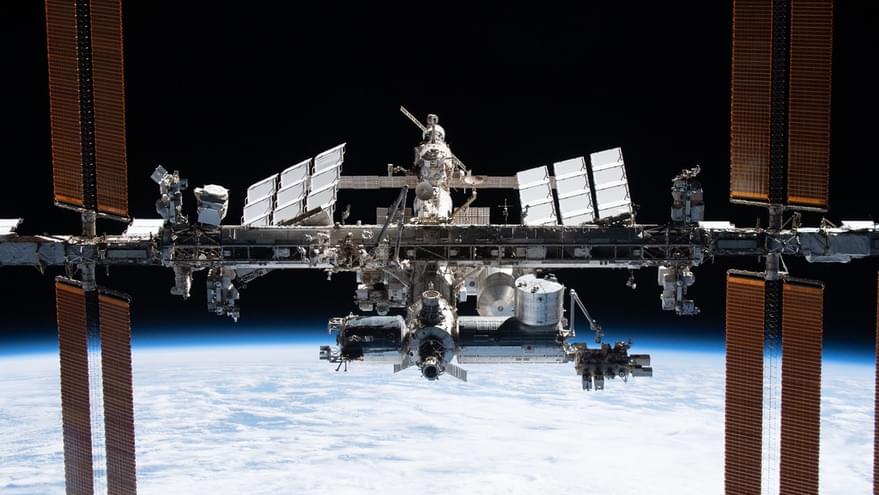NASA’s Parker Solar Probe has completed a record-setting swing by the Sun, breaking two world records while making its pass.





B-SURE program aims to develop fundamental understanding of microbial capabilities for bioproduction in space.
DARPA announced yesterday it is taking an initial step to explore and de-risk manufacturing capabilities in space with its Biomanufacturing: Survival, Utility, and Reliability beyond Earth (B-SURE) program. https://www.darpa.mil/news-events/2021-11-22 https://twitter.com/DARPA/status/1463221263758131201/photo/1

When astronauts left the International Space Station in early November to return home on the Crew Dragon Endeavour, they took the opportunity to do a fly-around of the ISS and take photos. NASA just released the new images, and they are a stunning look at both the orbiting outpost and our home planet.
The person behind the camera was ESA astronaut Thomas Pesquet. He began taking photos after Crew Dragon undocked from the Harmony module. Also on board were NASA astronauts Shane Kimbrough and Megan McArthur, and JAXA astronaut Aki Hoshide. They had spent six months aboard the ISS.
“Bittersweet feeling about leaving the ISS,” Pesquet tweeted. “When you think about it, it’s really a magical place, almost impossible to reach and which gives you superpowers like flying, or going around the world in 1h30 … It still looks a bit like a daydream.”


There is a huge global effort to engineer a computer capable of harnessing the power of quantum physics to carry out computations of unprecedented complexity. While formidable technological obstacles still stand in the way of creating such a quantum computer, today’s early prototypes are still capable of remarkable feats.
For example, the creation of a new phase of matter called a “time crystal.” Just as a crystal’s structure repeats in space, a time crystal repeats in time and, importantly, does so infinitely and without any further input of energy—like a clock that runs forever without any batteries. The quest to realize this phase of matter has been a longstanding challenge in theory and experiment—one that has now finally come to fruition.
In research published Nov. 30 in Nature, a team of scientists from Stanford University, Google Quantum AI, the Max Planck Institute for Physics of Complex Systems and Oxford University detail their creation of a time crystal using Google’s Sycamore quantum computing hardware.


WASHINGTON — NASA postponed a spacewalk outside the International Space Station by two astronauts just hours before it was scheduled to start after getting a warning that debris would pass close to the station.
In a brief statement issued early Nov. 30, NASA said a “debris notification” it received on the evening of Nov. 29 led the agency to postpone the spacewalk by astronauts Tom Marshburn and Kayla Barron, which had been scheduled to start at about 7:10 a.m. Eastern. The two had planned to replace an S-band antenna on the station’s truss that recently lost the ability to transmit data.
“Due to the lack of opportunity to properly assess the risk it could pose to the astronauts, teams have decided to delay the spacewalk until more information is available,” NASA said in the statement. The agency did not identify the debris in question or the times and distances of closest approach to the station.

On-chip frequency shifters in the gigahertz range could be used in next generation quantum computers and networks.
The ability to precisely control and change properties of a photon, including polarization, position in space, and arrival time, gave rise to a wide range of communication technologies we use today, including the Internet. The next generation of photonic technologies, such as photonic quantum networks and computers, will require even more control over the properties of a photon.
One of the hardest properties to change is a photon’s color, otherwise known as its frequency, because changing the frequency of a photon means changing its energy.